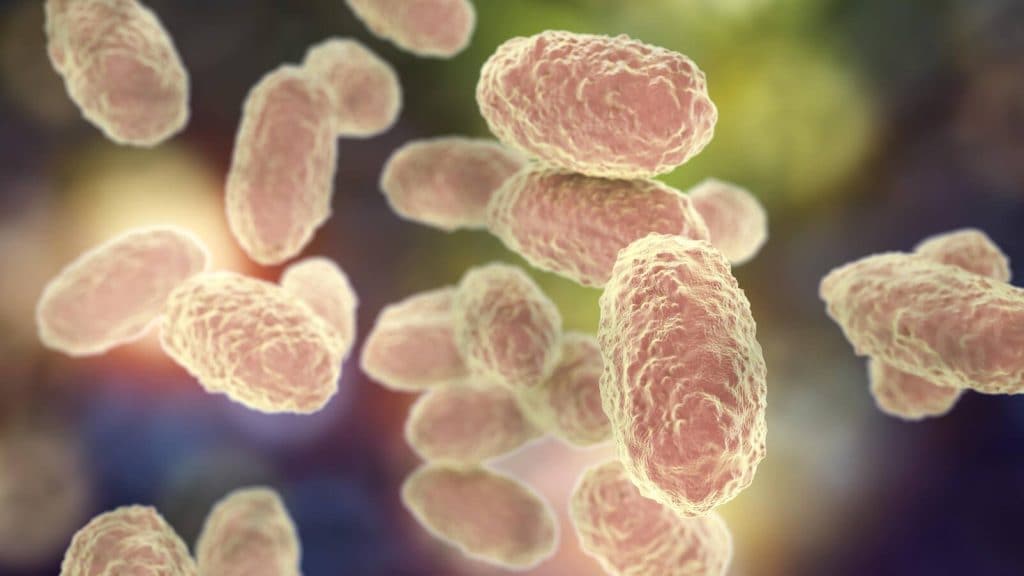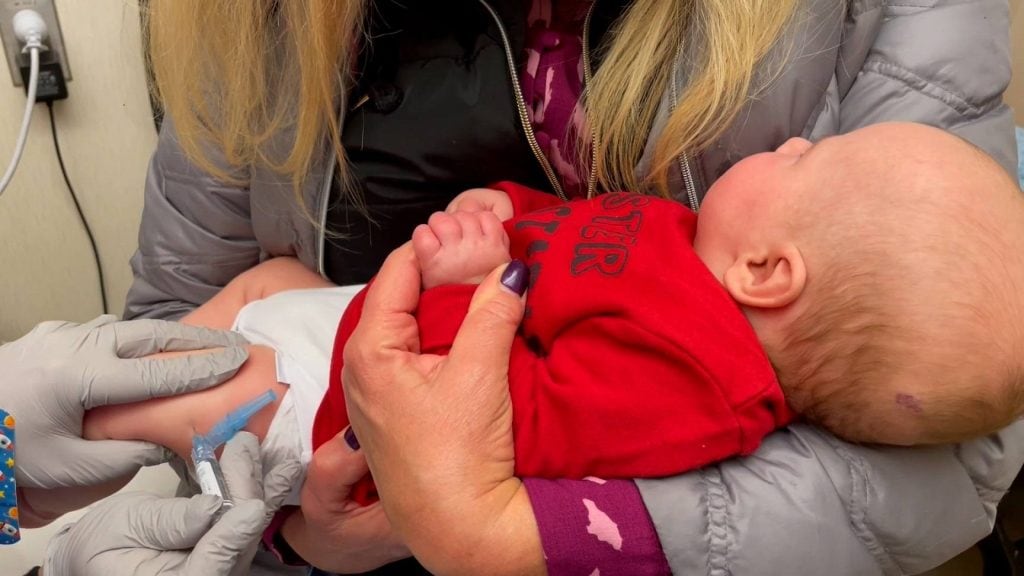Diagnosis
It may take time to find out if you have whooping cough. The symptoms can seem like those of other common illnesses, such as a common cold or the flu.
Sometimes, healthcare professionals can determine that you have whooping cough by asking about your symptoms and doing a physical exam.
But you may need medical tests such as:
- A nose or throat culture and test. Your healthcare professional takes a mucus sample from the back of the throat, where the nose and throat meet. The sample is checked for signs of whooping cough bacteria.
- Blood tests. A blood sample may be taken and sent to a lab. The lab checks for certain proteins called antibodies that the body makes to fight infections. This is a general test and not specific for whooping cough.
- A chest X-ray. This test may be recommended to check for signs of pneumonia due to whooping cough.
Treatment
Most often, infants need treatment in the hospital for whooping cough. That's because the illness is more dangerous for babies. If your child can't keep down liquids or food, fluids given through a vein may be needed. Your child is cared for away from others. This prevents the infection from spreading.
Treatment for older children and adults often can be given at home, since the illness tends to be milder.
Medications
Antibiotics kill the bacteria that causes whooping cough. When you take them early, they might make your illness less serious. They also may shorten the amount of time you're at risk of spreading the illness. If you live with other people, they may be given antibiotics to help prevent them from getting sick.
Not much is available to relieve the cough itself. Cough medicines that are sold without a prescription, for instance, do not help treat whooping cough. Do not take them unless your healthcare professional tells you to.
Self care
The following tips can help you deal with coughing spells while you recover from whooping cough at home:
- Get plenty of rest. A cool, quiet and dark bedroom may help you relax and rest better.
- Drink plenty of fluids. Water, juice and soups are good choices. Be aware of dehydration symptoms, especially if your child is sick. The symptoms include dry lips, crying without tears and urinating much less often.
- Eat smaller meals. To help prevent vomiting after coughing, eat smaller, more-frequent meals rather than large ones.
- Clean the air. Keep your home free of irritants that can trigger coughing spells. These include dust, tobacco smoke and fumes from fireplaces.
- Prevent the spread of whooping cough. Cover your cough or sneeze with a tissue or the inside of your elbow. Throw away used tissues right away. Wash your hands often and for at least 20 seconds. If you must be around others, wear a mask.
Stay home from work or school until you've completed at least five days of treatment. If a young child is sick, keep the child home from daycare until finishing five days of treatment. If you don't get treatment, it's safest to stay away from others for three weeks after your symptoms start. Your body gets rid of the bacteria by then, even though you may still have symptoms.
Preparing for your appointment
If you think you or your child has whooping cough, make an appointment with a healthcare professional. Get emergency care for serious symptoms such as trouble breathing.
What you can do
Write a list that includes:
- Your symptoms, described in detail.
- Information about past medical problems.
- Dates of vaccinations.
- Information about the medical conditions of parents or siblings.
- Questions you want to ask your healthcare professional.
What to expect from your doctor
Your healthcare professional gives you a physical exam and listens to your lungs. Questions your care professional may ask include:
- When did the cough start?
- How long does a coughing spell tend to last?
- Does anything trigger the cough?
- Does the cough ever cause gagging or vomiting?
- Has the cough ever caused your face to change color?
- Have you been exposed to anyone with whooping cough?

